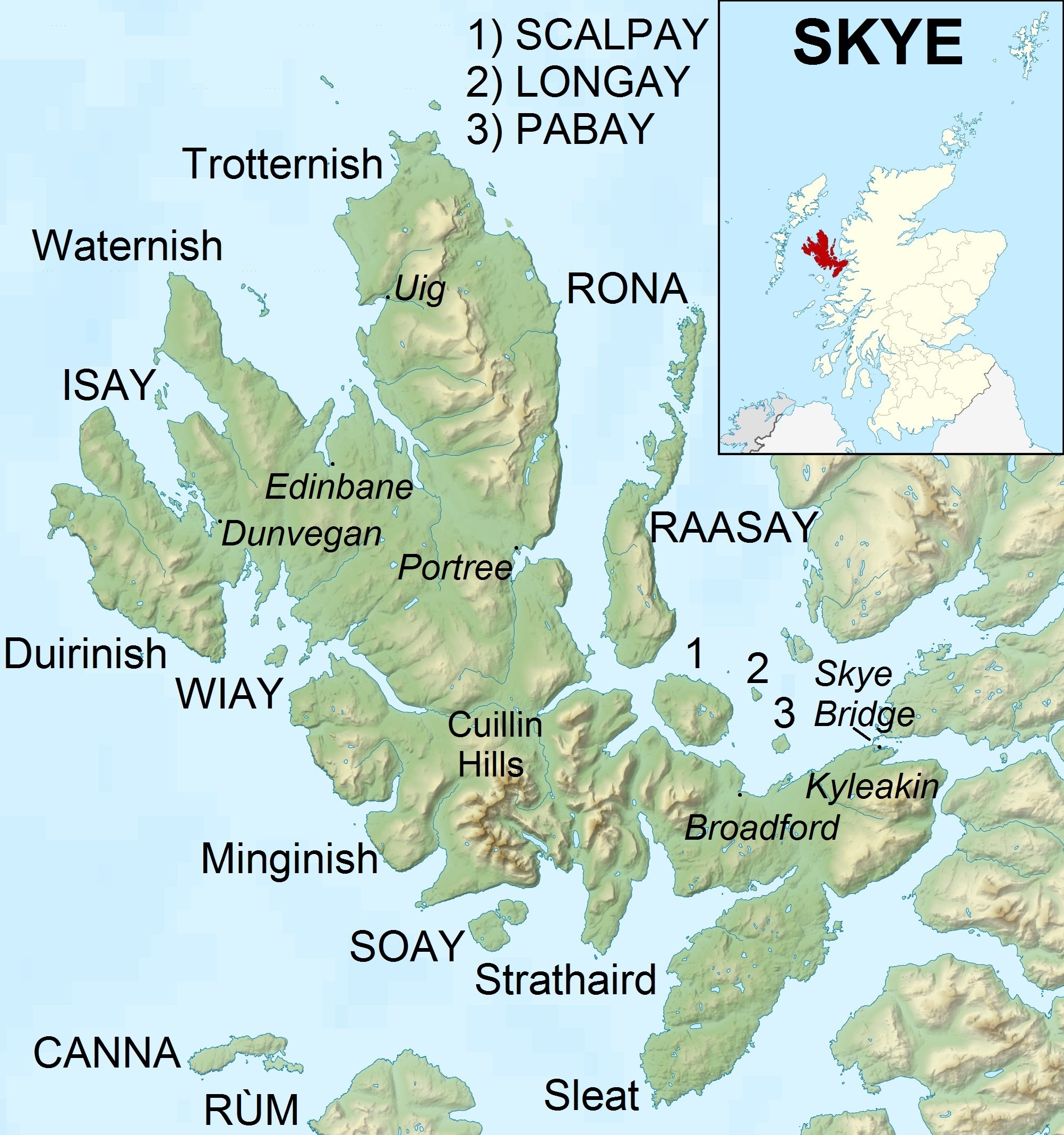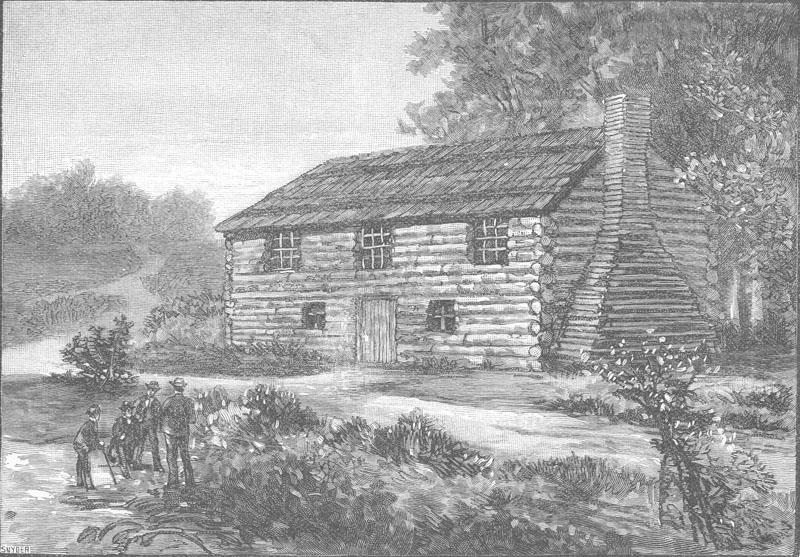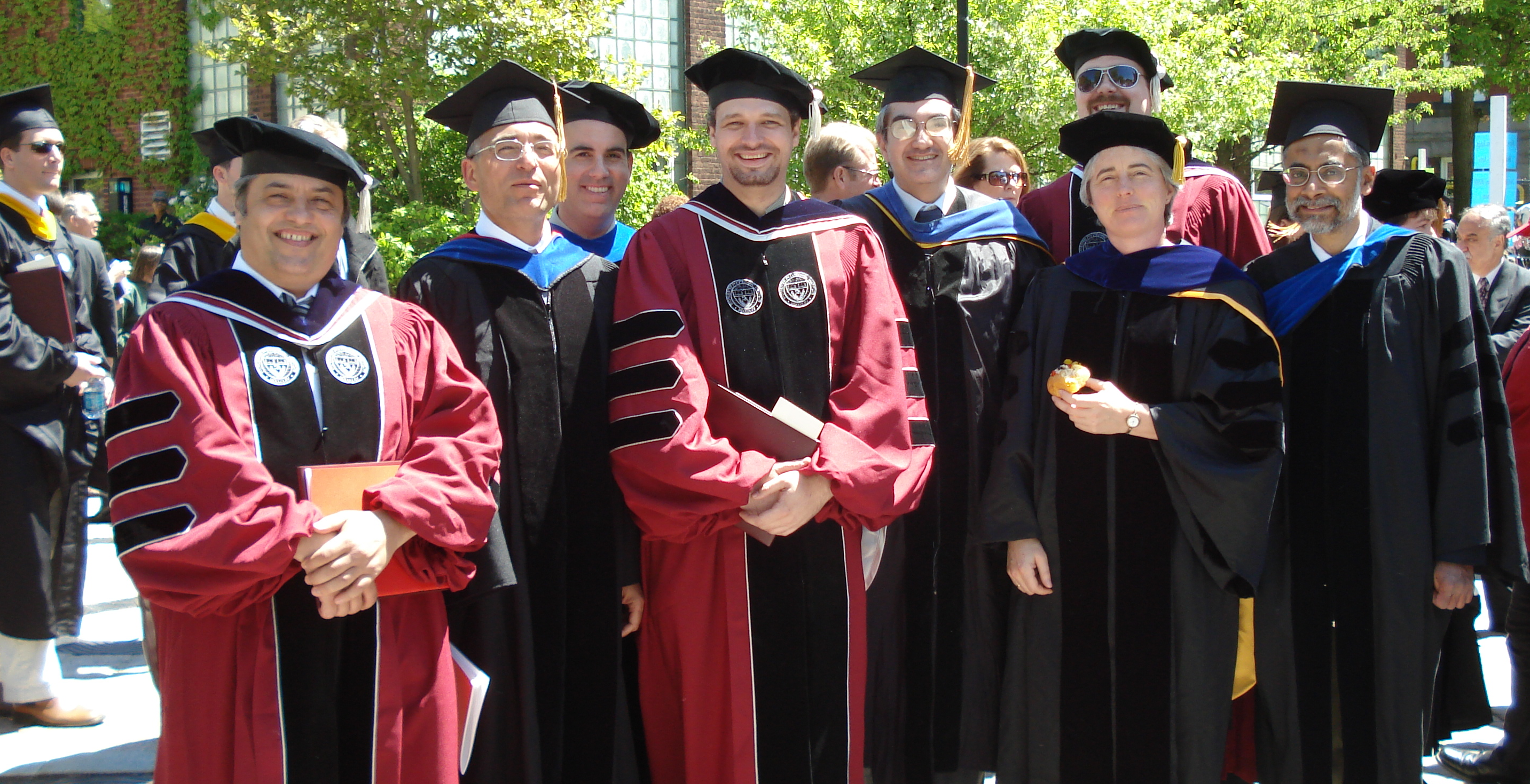|
George Malcolm Brown
Sir George Malcolm Brown, FRS (5 October 1925 – 27 March 1997) was one of the most respected geologists of the second half of the twentieth century. His formidable reputation as an igneous petrologist enabled him to become one of the few scientists invited by NASA to work on the Moon rock samples recovered from the Apollo 11 lunar mission. Early life Brown was born in Redcar and was educated at Coatham School. Following a period in the RAF, he entered the geology department of Durham University in 1947, graduating with First Class Honours in 1950. The Professor of Geology, Lawrence Wager, recognised Brown's abilities, and took him with him as a research student following his move to the Chair in Geology at Oxford University. Brown's research centred on the ultrabasic complex of Rhum, Scotland and built upon earlier work undertaken by W.A. Deer and L.R. Wager. He received his D.Phil in 1954. Academic career Expeditions to Greenland to research the Skaergaard intrusion l ... [...More Info...] [...Related Items...] OR: [Wikipedia] [Google] [Baidu] |
Fellow Of The Royal Society
Fellowship of the Royal Society (FRS, ForMemRS and HonFRS) is an award granted by the Fellows of the Royal Society of London to individuals who have made a "substantial contribution to the improvement of natural science, natural knowledge, including mathematics, engineering science, and medical science". Overview Fellowship of the Society, the oldest known scientific academy in continuous existence, is a significant honour. It has been awarded to :Fellows of the Royal Society, around 8,000 fellows, including eminent scientists Isaac Newton (1672), Benjamin Franklin (1756), Charles Babbage (1816), Michael Faraday (1824), Charles Darwin (1839), Ernest Rutherford (1903), Srinivasa Ramanujan (1918), Jagadish Chandra Bose (1920), Albert Einstein (1921), Paul Dirac (1930), Subrahmanyan Chandrasekhar (1944), Prasanta Chandra Mahalanobis (1945), Dorothy Hodgkin (1947), Alan Turing (1951), Lise Meitner (1955), Satyendra Nath Bose (1958), and Francis Crick (1959). More recently, fellow ... [...More Info...] [...Related Items...] OR: [Wikipedia] [Google] [Baidu] |
Oxford University
The University of Oxford is a collegiate research university in Oxford, England. There is evidence of teaching as early as 1096, making it the oldest university in the English-speaking world and the second-oldest continuously operating university globally. It expanded rapidly from 1167, when Henry II prohibited English students from attending the University of Paris. When disputes erupted between students and the Oxford townspeople, some Oxford academics fled northeast to Cambridge, where they established the University of Cambridge in 1209. The two English ancient universities share many common features and are jointly referred to as ''Oxbridge''. The University of Oxford comprises 43 constituent colleges, consisting of 36 semi-autonomous colleges, four permanent private halls and three societies (colleges that are departments of the university, without their own royal charter). and a range of academic departments that are organised into four divisions. Each college ... [...More Info...] [...Related Items...] OR: [Wikipedia] [Google] [Baidu] |
Tomorrow's World
''Tomorrow's World'' is a British television series about contemporary developments in science and technology. First broadcast on 7 July 1965 on BBC1, it ran for 38 years until it was cancelled at the beginning of 2003. The ''Tomorrow's World'' title was revived in 2017 as an umbrella brand for BBC science programming. Content ''Tomorrow's World'' was created by Glyn Jones to fill a half-hour slot in the 1965 BBC summer schedule. Jones and his wife conceived the show's name the night before the ''Radio Times'' went to press. In its early days the show was edited by Max Morgan-Witts and hosted by veteran broadcaster and former Spitfire pilot Raymond Baxter. For some years it had an instrumental theme tune composed and performed by John Dankworth. During the 1970s the programme attracted 10 million viewers per week. The programme was usually broadcast live, and as a result saw the occasional failure of its technology demonstrations. For example, during a demonstration of a ... [...More Info...] [...Related Items...] OR: [Wikipedia] [Google] [Baidu] |
London
London is the Capital city, capital and List of urban areas in the United Kingdom, largest city of both England and the United Kingdom, with a population of in . London metropolitan area, Its wider metropolitan area is the largest in Western Europe, with a population of 14.9 million. London stands on the River Thames in southeast England, at the head of a tidal estuary down to the North Sea, and has been a major settlement for nearly 2,000 years. Its ancient core and financial centre, the City of London, was founded by the Roman Empire, Romans as Londinium and has retained its medieval boundaries. The City of Westminster, to the west of the City of London, has been the centuries-long host of Government of the United Kingdom, the national government and Parliament of the United Kingdom, parliament. London grew rapidly 19th-century London, in the 19th century, becoming the world's List of largest cities throughout history, largest city at the time. Since the 19th cen ... [...More Info...] [...Related Items...] OR: [Wikipedia] [Google] [Baidu] |
Moon
The Moon is Earth's only natural satellite. It Orbit of the Moon, orbits around Earth at Lunar distance, an average distance of (; about 30 times Earth diameter, Earth's diameter). The Moon rotation, rotates, with a rotation period (lunar day) that is synchronized to its orbital period (Lunar month#Synodic month, lunar month) of 29.5 Earth days. This is the product of Earth's gravitation having tidal forces, tidally pulled on the Moon until one part of it stopped rotating away from the near side of the Moon, near side, making always the same lunar surface face Earth. Conversley, the gravitational pull of the Moon, on Earth, is the main driver of Earth's tides. In geophysical definition of planet, geophysical terms, the Moon is a planetary-mass object or satellite planet. Its mass is 1.2% that of the Earth, and its diameter is , roughly one-quarter of Earth's (about as wide as the contiguous United States). Within the Solar System, it is the List of Solar System objects by ... [...More Info...] [...Related Items...] OR: [Wikipedia] [Google] [Baidu] |
Skye
The Isle of Skye, or simply Skye, is the largest and northernmost of the major islands in the Inner Hebrides of Scotland. The island's peninsulas radiate from a mountainous hub dominated by the Cuillin, the rocky slopes of which provide some of the most dramatic mountain scenery in the country. Slesser (1981) p. 19. Although has been suggested to describe a winged shape, no definitive agreement exists as to the name's origin."Gaelic Culture" . VisitScotland. Retrieved 5 January 2013. The island has been occupied since the period, and over its history has been occupied at various times by Celtic tribes includ ... [...More Info...] [...Related Items...] OR: [Wikipedia] [Google] [Baidu] |
Princeton University
Princeton University is a private university, private Ivy League research university in Princeton, New Jersey, United States. Founded in 1746 in Elizabeth, New Jersey, Elizabeth as the College of New Jersey, Princeton is the List of Colonial Colleges, fourth-oldest institution of higher education in the United States and one of the nine colonial colleges chartered before the American Revolution. The institution moved to Newark, New Jersey, Newark in 1747 and then to its Mercer County, New Jersey, Mercer County campus in Princeton nine years later. It officially became a university in 1896 and was subsequently renamed Princeton University. The university is governed by the Trustees of Princeton University and has an endowment of $37.7 billion, the largest List of colleges and universities in the United States by endowment, endowment per student in the United States. Princeton provides undergraduate education, undergraduate and graduate education, graduate instruction in the hu ... [...More Info...] [...Related Items...] OR: [Wikipedia] [Google] [Baidu] |
Harkness Fellowship
The Harkness Fellowship (previously known as the Commonwealth Fund Fellowship) is a program run by the Commonwealth Fund of New York City. This fellowship was established to reciprocate the Rhodes Scholarships and enable Fellows from several countries to spend time studying in the United States. Recipients of the scholarship include a president of the International Court of Justice; former chairman and CEO of Salomon Brothers; a former Vice-Chancellor of the University of Cambridge; the controller of BBC Radio 4; the editor of the '' Sunday Times''; former directors of the Medical Research Council, the London School of Economics and the General Medical Council; and a vice president of Microsoft. History The Commonwealth Fund is a philanthropic foundation established in the United States by Anna Harkness in 1918. Her son, Edward Stephen Harkness, initiated the Commonwealth Fund Fellowships in 1925. These were intended to reciprocate the Rhodes Scholarships by enabling Br ... [...More Info...] [...Related Items...] OR: [Wikipedia] [Google] [Baidu] |
Skaergaard Intrusion
The Skaergaard intrusion is a layered igneous intrusion in the Kangerlussuaq area of East Greenland and is composed of various rocks and minerals including gabbro, olivine, apatite, and basalt. History and background The Skaergaard intrusion was formed 56 million years ago during the opening of the North Atlantic Ocean. The intrusion was emplaced beneath the preexisting rock in the region, including plateau basalt and gneiss. The intrusion has a general oval shape, which is atypical in igneous emplacement. Due to the tectonic activity in East Greenland, the intrusion is now slightly tilted towards the sea. Specifically, the lower parts of the intrusion are exposed to the north while sections of the roof are conserved to the south. Discovery and early studies The Skaergaard intrusion was first discovered by Lawrence Wager on his Arctic Air-Route Expedition in 1930. In 1933, the first aerial photography of the region was taken in order to create a topographic map of the ... [...More Info...] [...Related Items...] OR: [Wikipedia] [Google] [Baidu] |
Greenland
Greenland is an autonomous territory in the Danish Realm, Kingdom of Denmark. It is by far the largest geographically of three constituent parts of the kingdom; the other two are metropolitan Denmark and the Faroe Islands. Citizens of Greenland are full Danish nationality law, citizens of Denmark and European Union citizenship, of the European Union. Greenland is one of the Special territories of members of the European Economic Area#Overseas countries and territories, Overseas Countries and Territories of the European Union and is part of the Council of Europe. It is the List of islands by area, world's largest island, and lies between the Arctic Ocean, Arctic and Atlantic oceans, east of the Arctic Archipelago, Canadian Arctic Archipelago. It is the location of the northernmost point of land in the world; Kaffeklubben Island off the northern coast is the world's Northernmost point of land, northernmost undisputed point of land—Cape Morris Jesup on the mainland was thought to ... [...More Info...] [...Related Items...] OR: [Wikipedia] [Google] [Baidu] |
Doctor Of Philosophy
A Doctor of Philosophy (PhD, DPhil; or ) is a terminal degree that usually denotes the highest level of academic achievement in a given discipline and is awarded following a course of Postgraduate education, graduate study and original research. The name of the degree is most often abbreviated PhD (or, at times, as Ph.D. in North American English, North America), pronounced as three separate letters ( ). The University of Oxford uses the alternative abbreviation "DPhil". PhDs are awarded for programs across the whole breadth of academic fields. Since it is an earned research degree, those studying for a PhD are required to produce original research that expands the boundaries of knowledge, normally in the form of a Thesis, dissertation, and, in some cases, defend their work before a panel of other experts in the field. In many fields, the completion of a PhD is typically required for employment as a university professor, researcher, or scientist. Definition In the context o ... [...More Info...] [...Related Items...] OR: [Wikipedia] [Google] [Baidu] |
William Alexander Deer
William Alexander (Alex) Deer FRS (26 October 1910 – 8 February 2009) was a distinguished British geologist, petrologist and mineralogist. Biography Alex Deer was born in Rusholme, Manchester, the son of William Deer. He attended Manchester Central High School and then Manchester University, and took up a research studentship at St John's College, Cambridge in 1934, to study for a PhD. Career In 1937, after completing his PhD, Deer was appointed an assistant lecturer at the University of Manchester. On the outbreak of war in 1939, Deer joined the Chemical Warfare Section of the Royal Engineers, and later transferred to the Operations Staff. He served in the Middle East, Burma and North Africa, and was appointed to the rank of lieutenant-colonel. Deer returned to Cambridge in 1946, where he was appointed University Demonstrator in mineralogy and petrology, and Fellow and Junior Bursar at St John's College, Cambridge. He was appointed a Tutor in 1949. In 1950, he was elected t ... [...More Info...] [...Related Items...] OR: [Wikipedia] [Google] [Baidu] |






